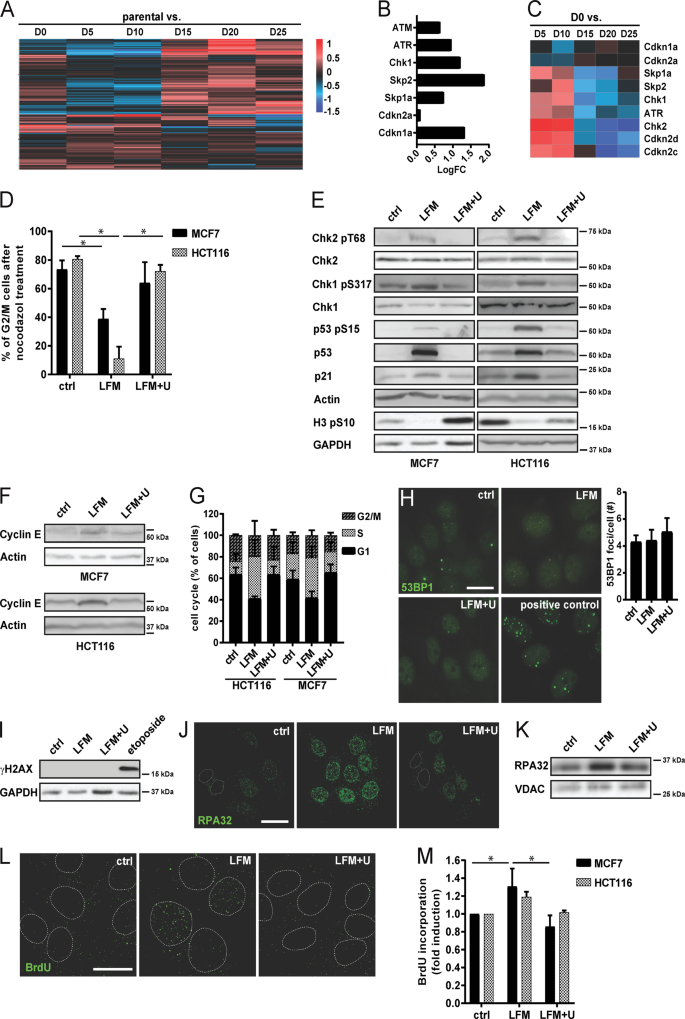

- #Mplab xc8 target halted during division how to
- #Mplab xc8 target halted during division software
- #Mplab xc8 target halted during division code
- #Mplab xc8 target halted during division free
Check Out the Perky-Pet® Hummingbird Feeder Cam If you love hummingbirds, then you’ll be thrilled to learn about Perky-Pet®’s latest venture! The world’s leading bird feeder manufacturer has joined forces with the world-famous Cornell Lab of Ornithology on a live-streaming hummingbird cam. KEPL pumps will be used in the Jazan Integrated Gas Combined Cycle Power Block project in Saudi Arabia. MEPCO is the only distribution company which touches three provinces and five distribution companies of Pakistan as HESCO (Sindh) at Sadiqabad, PESCO (KPK) at Vahova, QESCO (Balochistan) at 1)Check that the coilbox air gap is a minimum of 1. We only make money if you purchase a product through our links Feeder is an integral part of our monitoring in the newsroom and is used in all departments. When you are industry confident and competent, you are able to grow in other areas.
#Mplab xc8 target halted during division free
And also like Like XC16 compiler, there are both free and paid versions of the XC32 compiler - again the difference being the amount of optimization performed - some as much as 50%.Sepco feeder check Real-time Transport Protocol (RTP) and Real Time Streaming Protocol (RTSP) allow for the direct video feed capture from network surveillance video IP-cameras. Like the PIC24, they are seldom programmed in assembly language. The 32-bit processors are supported by the XC32 compiler. The newer devices can address up to 2MB of flash memory and 512K of data. Like XC8, there are both free and paid versions of the XC16 compiler - again the difference being the amount of optimization performed.Īnd finally, there is the 32-bit PIC32 family, with an instruction set derived from the RISC-style MIPS. Although they can be programmed in assembly language, it is seldom done except for very tight loops or time critical interrupt service routines (ISR). These 16-bit PIC processors are supported by the XC16 compiler. These are very similar - the dsPIC includes the PIC24 instruction set, but also adds additional instructions for doing DSP (Digital Signal Processing), hence its name. The next step up from the 8-bit PIC microcontrollers are the 16-bit PIC24 and the dsPIC33. There are both free and paid versions of the XC8 compiler - the only difference being the amount of optimization performed. It does so by actually making using of two compilers internally - PICC and PICC18, and choosing which one to use based on the processor selected. In spite of all these differences (particularly the differences between the low-end 8-bit PIC instruction set and the higher end PIC18), the XC8 compiler supports all of these 8-bit PIC families. They have 75 instructions (83 for newer devices).
#Mplab xc8 target halted during division software
The PIC18 devices added support for a software stack, and a much large RAM.
#Mplab xc8 target halted during division code
The instruction set originally had 35 instructions, but was expanded to 49 instructions on newer devices to better accommodate C compilers (Up to that point, most 8-PIC programs were written in assembler code - many still are on the chips with very little flash.) Microchip makes not only 8-bit microcontrollers (PIC10, PIC12, PIC16, PIC18) but also 16-bit (PIC24/dsPIC33) and 32-bit (PIC32).Įach of the 8-bit PIC's (except the PIC18) have similar instruction sets, using a single accumulator (W0), a small amount of RAM (25-256 bytes), and a hardware call stack. I will answer both of these questions together. So far the answer given limits itself to 8-bit PIC microelectronics, but the OP asked (in part): That's simple - you choose XC8 since it's the currently supported one.
#Mplab xc8 target halted during division how to
If any compiler can be used for say compiling PIC18F code, then what decides which one I choose? I really want to know how to decide which one to go with. If you don't like C, then there are a number of BASIC compilers for 8-bit PIC chips, including Swordfish. There is also the open source SDCC compiler, but it's very basic and only has partial PIC support, and doesn't (as far as I know) work with MPLAB.Īnother one, which uses its own IDE, is called CCS, though I have never used it. Old compilers that don't get updated won't support the new chips.Īre there more compilers than these 3 that I need to be aware of? As new chips are released the compiler has to support them.

It's also deprecated in favour of XC8.Īre certain compilers only used for specific microcontrollers? HI-Tech is a third party compiler written by someone else that Microchip bought the rights to. They also took the opportunity to name it something more logical. C18 is old and rubbish, so they made XC8 which is much better. Why are there different compilers when one can do the job?Ĭ18 has been superseded by XC8.


 0 kommentar(er)
0 kommentar(er)
